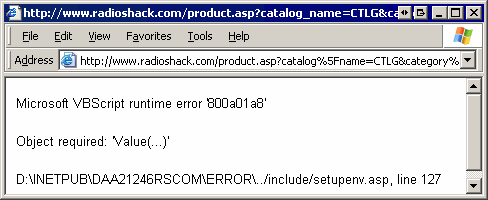
wireless mouse
Road Warrior, come out to play
I barely leave the house enough to qualify for the Road title, much less Warrior. Still, there are a few items I find essential when travelling with my laptop. A good wireless optical mini-mouse. Touchpads and nubs are fine when there’s no other option, but for quicker, more precise




